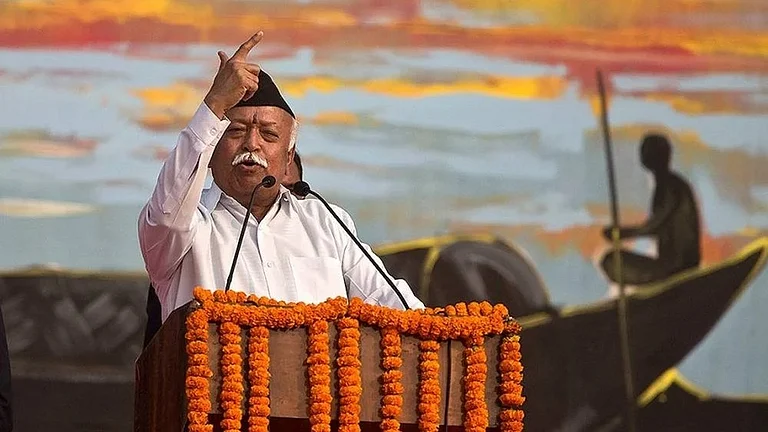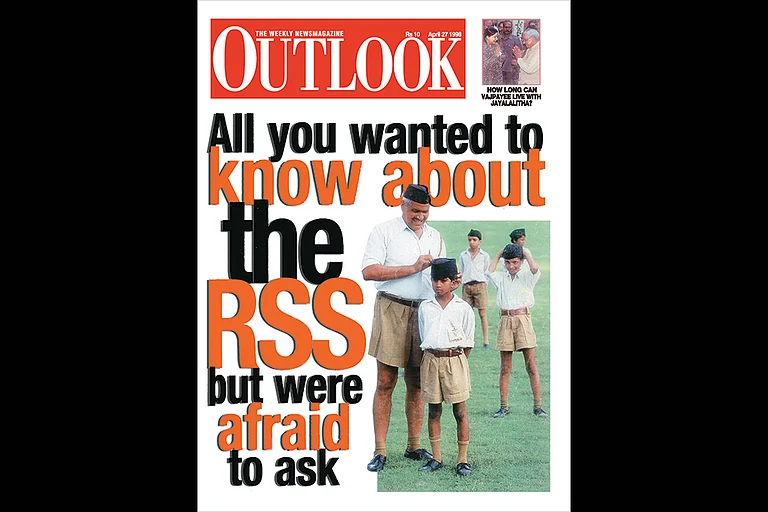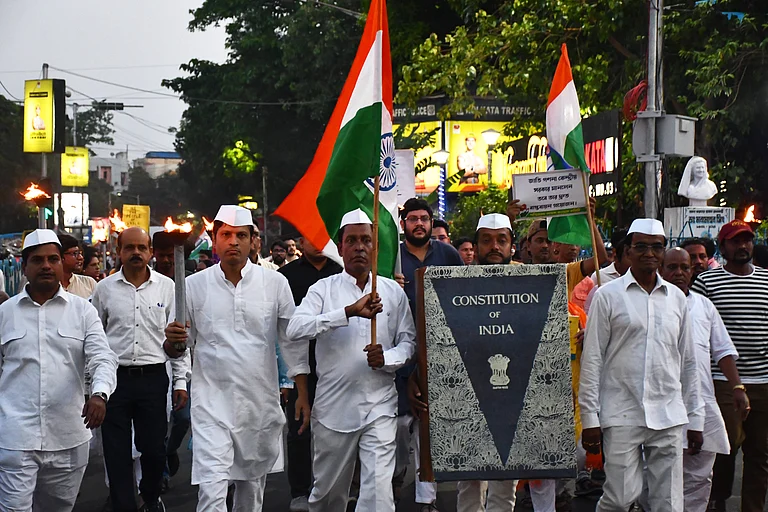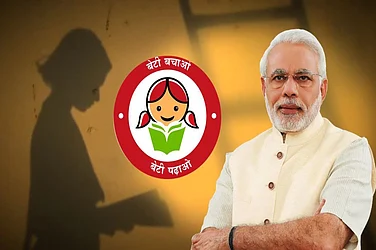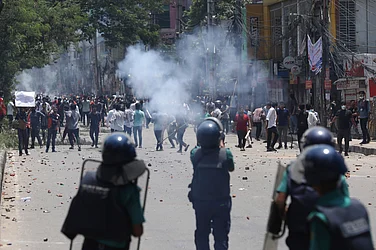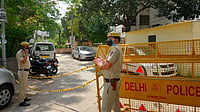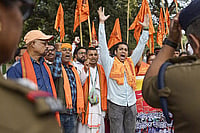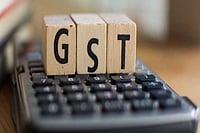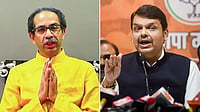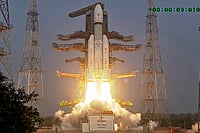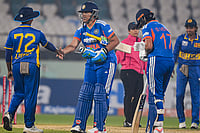
Dr. Keshav Baliram Hedgewar founded the RSS in Nagpur in 1925 on Vijayadashami, envisioning it as a movement for Hindu renewal rooted in discipline, unity, and service.
Under M.S. Golwalkar, the RSS expanded its reach through thousands of shakhas and affiliated organisations spanning education, welfare, labour, women’s issues, and politics via the BJP.
While critics accuse it of communal polarisation, supporters highlight its role in social welfare and grassroots mobilisation, making the RSS central to India’s political and cultural landscape.
In 1925, Dr Keshav Baliram Hedgewar founded one of India’s most influential and controversial organisations: the Rashtriya Swayamsevak Sangh (RSS). What began as a gathering of a handful of young men in Nagpur has since grown into a nationwide, deeply interconnected political and cultural network.
Hedgewar, a Nagpur-based doctor, was deeply influenced by Vinayak Damodar Savarkar, a Hindu revivalist. Though historical records place RSS’s formal founding date as September 27, 1925, the festival of Vijayadashami remains its symbolic anniversary. The choice of RSS’s founding day being Vijayadashami (also known as Dussehra) was not accidental but symbolic. Dussehra is a Hindu festival which celebrates the victory of good over evil. For Hedgewar, the RSS was also a movement of renewal of a Hindu society that he saw as largely passive in its own decline.
RSS’s beginnings were modest; a few dozen volunteers would gather to conduct physical education drills, communal singing, prayers, and moral teachings. Hedgewar insisted that it was not a political party, but a social service organisation that propagated ideas such as building discipline, unity, and sewa among the Hindus of India.
Evolution Over Time
Hedgewar died in 1940, and M. S. Golwalkar took over the RSS. Golwalkar expanded and formalised the RSS’s ideological and organisational structure. RSS expanded, building local branches for meetings, known as its shakhas, and a network of affiliated organisations working in fields like education (ABVP), social welfare, and eventually via political wings (BJP).
The RSS was banned several times. Most notably in 1948, after Mahatma Gandhi’s assassination, with some accusing the Sangh of complicity.
Over the years, the RSS has expanded into thousands of shakhas across India, the recruitment of volunteers (swayamsevaks), and associated organisations covering students, labour, women, and social service.
Though RSS is not a political party, its political footprint is massive. The RSS provides cadres, mass mobilisation capacity, grassroots networks, discipline, and volunteerism. In election years, these become essential needs for any political party, including the BJP.
The RSS has been accused of fostering communal polarisation, especially when tensions between religious communities are exploited for electoral gain. Critics say that the Sangh’s emphasis on Hindu unity runs afoul of India’s secular nature and equal citizenship. RSS’s supporters counter with examples of the Sangh’s work in education, disaster relief, rural development, and social welfare.









